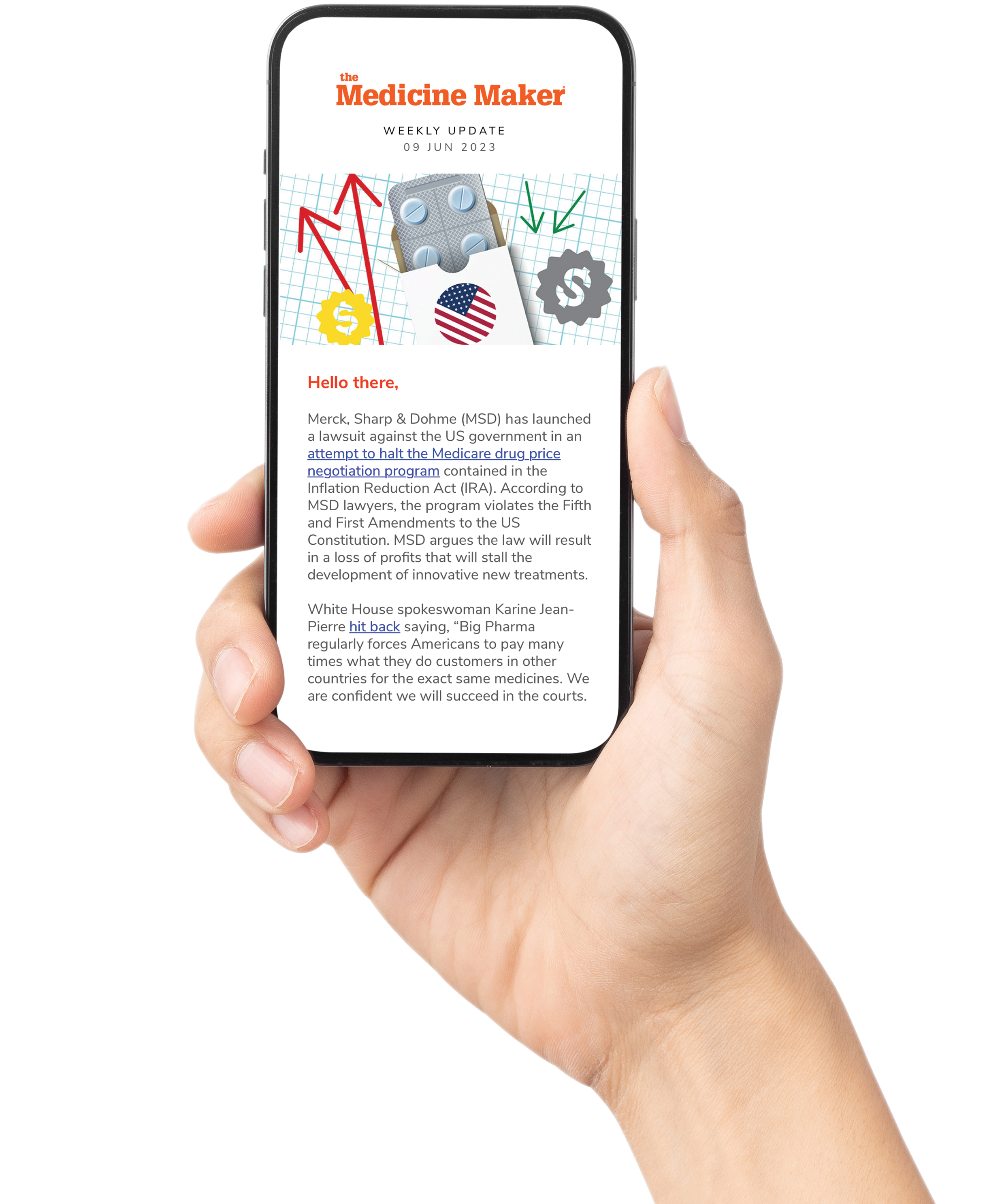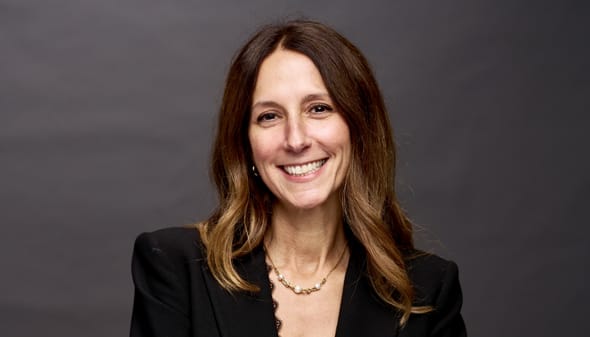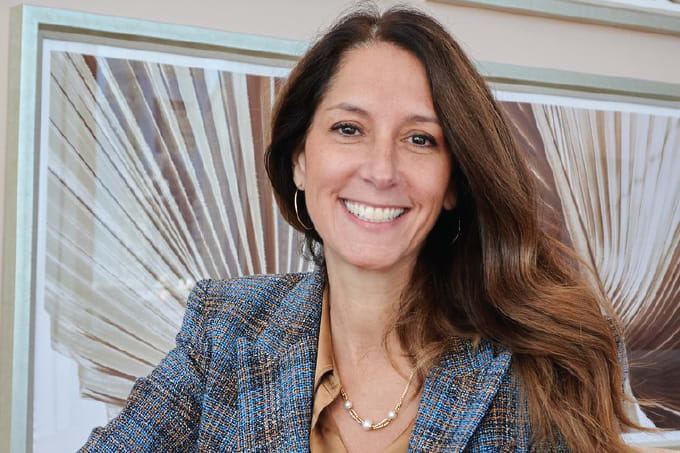
“What others might see as obstacles, the technical challenges, the long regulatory pathways, I found to be exactly what makes the field so meaningful.”
Amorphical is pioneering amorphous mineral-based therapies inspired by the blue crayfish’s resilience. In this Q&A, CEO Eden Ben shares insights on the company’s clinical pipeline, research ambitions, and vision to transform treatment for bone, inflammatory, and oncological diseases with safe, bioavailable mineral technology
Part of your pipeline is inspired by nature, and by the blue crayfish in particular. What does the crayfish bring to medicinal science?
The blue crayfish has been a key inspiration for our science because of its remarkable ability to survive in freshwater environments that are naturally poor in minerals. To adapt, it developed a unique biological mechanism: it stores and utilizes minerals in a nanometric, amorphous form rather than the crystalline structures we usually find in nature.
This amorphous structure is critical. Crystalline minerals require the body to expend significant energy to break them down before they can be absorbed. In contrast, amorphous minerals are highly bioavailable, enabling rapid and efficient use. The efficiency of this process in the crayfish is extraordinary. When it molts, it rebuilds up to 40 percent of its body mass, including its entire exoskeleton, in just three days. It can even shed and regenerate its teeth within 24 hours. By comparison, marine crayfish living in mineral-rich seawater take several weeks to achieve the same process.
This natural phenomenon demonstrated that amorphous, nanometric minerals could serve as a powerful model for human health. By translating this mechanism, we are developing therapeutic solutions across bone, inflammatory, and oncological diseases, turning a fascinating evolutionary adaptation into meaningful advances in medicine.
While our current clinical pipeline is focused on hypoparathyroidism, osteoporotic fractures, Crohn’s disease, and pancreatic cancer, our research has shown potential far beyond these areas. We have generated promising data in osteoarthritis, where joint inflammation and acidity drive disease progression, and in skin conditions such as psoriasis, where the same mechanism is present. We also see future opportunities in respiratory inflammatory diseases like COPD and other lung conditions. At the same time, the high availability of calcium and other minerals plays an important role in supporting essential biological processes – from bone regeneration to immune function.
What are you working on at the moment?
We are currently advancing four indications in the clinic, each representing a major unmet medical need: hypoparathyroidism, Crohn’s disease, pancreatic cancer, and osteoporotic fractures. Our lead program is in a phase II FDA-regulated trial for hypoparathyroidism, evaluating superior absorption and bioavailability to improve calcium management in this rare endocrine disorder. In Crohn’s disease, we are conducting a phase II study aimed at inflammation healing through our pH-modulating mechanism. In Stage 4 pancreatic cancer, our trial is designed to address the acidic tumor microenvironment with nano-amorphous mineral-based pharmacologic agents. And in osteoporotic fractures, we are investigating the potential to improve bone density and accelerate healing.
In parallel, we continue to run preclinical studies across additional disease areas, which will help us build evidence for new indications.
Our research has shown potential far beyond our core areas of focus. We have generated promising data in osteoarthritis, where joint inflammation and acidity drive disease progression, and in skin conditions such as psoriasis, where the same mechanism is present. We also see future opportunities in respiratory inflammatory diseases like COPD and other lung conditions. At the same time, the high availability of calcium and other minerals plays an important role in supporting essential biological processes – from bone regeneration to immune function. Our current focus is on advancing our lead indications through the clinic, but the underlying science opens the door to a much wider range of future therapies.
How did you get into biopharma?
I’ve always been drawn to the medical world, both out of curiosity and from a desire to contribute to something that truly helps people. I considered medical devices since I’ve always had a connection to engineering and technology, but as I gained exposure to the pharmaceutical field I realized how complex and fascinating it is – both scientifically and from a regulatory standpoint.
What others might see as obstacles, the technical challenges, the long regulatory pathways, I found to be exactly what makes the field so meaningful. Over time, I came to understand that this was where I wanted to focus my energy: on navigating those complexities to bring innovative treatments to patients who need them.
Which professional achievements are you most proud of?
One of the achievements I am most proud of is establishing Amorphical’s Animal Health Department from the ground up, prior to my appointment as CEO. Traditionally, pharma companies focus first on human drug development and later them for the veterinary field. I recognized that we didn’t need to wait, that we could develop animal health applications in parallel, creating immediate value while strengthening our human health pipeline.
This effort has led us to the development of a drug for osteoarthritis in dogs, an area where we are already in discussions with several leading global companies.
While I have also led initiatives with significant financial impact, what I value most is the process of taking an idea, building a strategy around it, and executing it in a way that opens new pathways. For me, that ability to translate vision into concrete opportunities is the achievement I’m most proud of.
How does your military and biomedical academic background contribute to a successful leadership strategy?
My military service instilled in me a mindset of accountability and resilience that I carry into every leadership role. When you are given a mission, the responsibility rests entirely on you. That means breaking complex challenges into actionable steps, anticipating obstacles, and staying focused on the objective regardless of difficulties along the way. You also learn to adapt quickly: unexpected problems will always arise, and the key is not to be paralyzed by them but to make a decision, implement a solution, and keep moving forward. This approach has shaped the way I manage projects and teams, keeping processes practical, efficient, and goal oriented.
My academic background in biomedical engineering complements this by giving me the ability to “speak the language” across multiple scientific and technical fields. Whether it’s chemistry, clinical development, or manufacturing, I can understand the fundamentals and see how the pieces connect. This allows me to see the bigger picture, make informed decisions, and communicate effectively with experts from different departments. And when I need to dive deeper into a specific area, my scientific training provides the foundation to do so quickly and meaningfully.
Together, these two experiences, the discipline and adaptability of the military, combined with the analytical and interdisciplinary perspective of biomedical science, enabled me to guide Amorphical through complex challenges and toward long-term success.
What are your hopes and aims for the future of Amorphical, and for the pharmaceutical products the company is developing?
My vision for Amorphical is to fully realize the potential of our platform technology – addressing the underlying causes of disease rather than only treating symptoms. This gives us the opportunity to impact people living with a wide range of conditions, from rare endocrine disorders to widespread inflammatory and oncological diseases.
In the near future, my aim is to translate our discovery into tangible therapies that can truly change patients’ lives. Over the next decade, I expect us to achieve approval for at least four drugs targeting acute and high-unmet-need conditions, while continuing to build a robust pipeline of additional candidates.
Ultimately, my hope is that as many patients as possible around the world will benefit from our treatments.




